Store Location
Choose Your Store
You are currently in the Australian store. If you are located in New Zealand please select the correct store below.

You are currently in the Australian store. If you are located in New Zealand please select the correct store below.

Triton’s comprehensive guide to buying a Thermal Label Printer!
They might be called “label” printers, yet these are, without a doubt, some of the most versatile printers considering that they can practically print on any media that fit inside the printer. These printers are your all-in-one option for many applications.
But here’s the thing.
Not all thermal label printers are made equal. They come in many different sizes, print resolution, options, the list goes on. Major brands include Datamax, Honeywell, Zebra, TSC and more.
But the good news is this.
We’ve put together a comprehensive yet concise guide providing you with the vital information for you to chose the very best thermal label printer for your needs!
Are you ready?
Here are the main sections of this guide. Go through them in order, or click where indicated and it will take you to the relevant section.
Label volume per day is the most significant factor in choosing the right Thermal Label Printer. The table below is a good indication of what printer class is appropriate for the amount of label volume per day. In the next section “Printer Class” we will go through each of them in detail.

Desktop Range
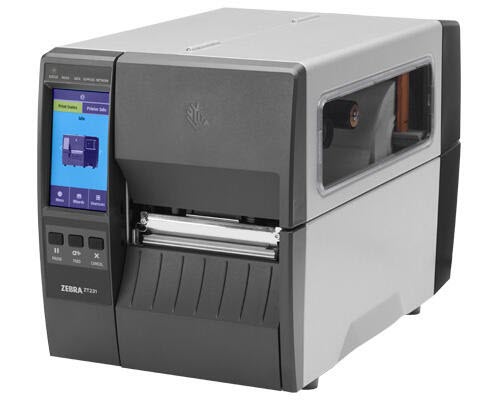
Mid Industrial Range

Industrial Range

High Industrial Range
Multiple brands of printers can be found in each of these print volume categories, with names like Honeywell, Zebra and TSC, the list goes on. Triton supplies printers in each of these categories, and we have over 35 years of experience supplying, installing, and upgrading them! So you are in safe hands.
For your convenience…
On every printer product page, you can find a filter, and by selecting it, it will bring up all the printers of that category.
This kind of printer is designed for modest printing quantities, in general, less than 500 labels per day. Desktop printers are ideal for asset labelling in a business office or light printing tasks, like label replacements. Printers like the Zebra ZD421 or the TSC desktop range still create the identical high quality as their larger industrial counterparts, except at smaller volumes.
Industrial Thermal Barcode Label Printers are designed for high printing volume environments and other challenging print applications. These Barcode Label Printers have greater media/label storage capacity and can print at increased resolutions to produce almost any kind of label.
Let’s dig a little deeper.
Because they are used in multiple industry applications, their well-built construction makes them an optimal fit for most manufacturing and processing environments. For example, many of our customers are meat processors, other food processors, storage facilities, logistics and warehouses, general manufacturers and many other customers where dependable printing in higher volume is vitally important.
So lets sum up.
Industrial printers are bigger and more robust than desktop versions and excel in high volume print environments. From several thousand labels daily to printing all day, these printers are made to hold more media and take care of printing from 0.5 inches to over 8 inches wide. You’ll discover printers like the Zebra ZT200 and ZT400 series, Honeywell PX4e, Honeywell PM45, Honeywell PD45 / PD45S, TSC MH421 in processing and manufacturing environments as well as warehouse, logistics and distribution.
Here’s the bottom line.
If you are printing any media in substantial quantities and/or have mission-critical printing requirements, then an industrial thermal label printer is the likely choice.
Direct Thermal or Thermal Transfer? Another vital question to answer.
Let us walk you through the whole process.
Thermal printers make use of heat to create top-quality barcodes as well as additional content on labels, tags, tickets, wristbands or receipt paper. Thermal printers can print with two methods, Direct Thermal and Thermal Transfer.
The bottom line is this.
To establish the best method of printing for your application, answer the following two questions.
By the end of this section, you will understand the importance of these two questions, and be able to decide on the best print method for your needs.
First, let’s start with a short video which will give you an overview of Direct Thermal vs Thermal Transfer, or you can skip this and read the in-depth article below.
You can also check out our detailed blog on Direct Thermal vs Thermal Transfer Printers.
Let’s look into this in detail.
Direct thermal printers print on unique heat-sensitive media that blackens as it goes under the heated-up areas of the printhead.
So here’s the good stuff.
Since they print without requiring an ink ribbon, direct thermal printers are straightforward, and there is no requirement to change out inks and also no ribbon components to set up in the printer. Direct thermal printed labels typically have a reasonable life span; however are not well matched to environments where they’ll experience high temperatures, extended periods of direct natural light or where they could be scratched. Thermal labels, tags or tickets may be ‘top layered’ to offer heat and scrape protection.
And here’s the not so good stuff.
There are other some other downsides. Label media is not always available with a thermal coating which is required for direct thermal printing so you can be limited in the type of media you can use and access.
So what does all this mean?
Direct thermal printing generates very accurate print results with superior barcode scanning capability yet without the requirement for ink. If your label doesn’t need to last all that long, or it is unlikely to be exposed to harsh conditions, then direct thermal is an inexpensive, simple method to print and a great choice. Some good examples are printing address labels, receipts, fresh food labels or tickets.
Let’s dig a little deeper.
Thermal transfer printers make use of an ink ribbon which is heated then melted onto the label by the printhead. This action creates some critical differences as opposed to the Direct Thermal method described above.
So it all adds up to this.
With the best mix of labels as well as ribbon, you can produce a label for many types of conditions. It is a more expensive option than Direct Thermal; however, the additional advantages make sure that your label or tag is legible during its life without requiring reprint.
Survivability of the label makes it especially important if your label is required to meet any form of regulatory compliance such as product labels in the meat and food processing industries.
Every printer must have the capacity to connect with a computer of some kind to obtain print tasks each time an item prints. While it is feasible to set up printers standalone, you still require a network connection to a computer of some kind to set up the printer. Most printing applications need a continuous connection, so the printer understands what to print. Below are the three main connection options for thermal label printers.

Every desktop and also industrial printer provide numerous choices for network connection, with USB being the most typical. Any desktop computer or laptop computer has a USB port, and it is by far the easiest to set up. You just need to connect the printer to the PC via the USB cord, set up the driver on the computer, and you are ready to print.

Choices for serial (RS-232) and also parallel connectivity are still offered for many printers, although they are considered a legacy network connection method these days. In the past, this was the network connectivity method of choice for Triton's Meat Processing Management software applications. More recently, however, we connect using a direct network connection as described in the next section.

With the advent of the "Internet of Things" and network connection becoming prevalent in almost all technologies, the norm these days for printers is to have some form of Ethernet or Wi-Fi as a standard feature. Suppose your printer is connected to a network via an Ethernet port. In that case, it can be set up and configured by anyone on the network, rather than a solidarity PC like with a direct USB connection. An Ethernet connection offers greater flexibility and accessibility for Thermal Label Printers. Wi-Fi is also a good option if you do not want to run a cable to a printer. However, for mission-critical applications, it requires a robust Wi-Fi network with a near 100% uptime (so the printer doesn't drop off the network), which makes Ethernet often the more sensible choice. Still, if running a cable isn't an option, or dropping off the network now and then isn't an issue, then Wi-Fi is a great option.
Print resolution is measured as “Dots Per Inch” or commonly known as DPI. In most cases for barcode and label printing, 200 DPI is acceptable to use, however, if you want a sharper or professional outcome you can go up to 300 DPI or even 600 DPI although the latter is quite rare.
Here is an example of the difference between a 200 DPI (commonly referred to 203 DPI) and 300 DPI. The added advantage of 300 DPI is that you can make the barcode smaller without losing its readability. So if this is important to you, then 300 DPI could be a good option.
The higher the DPI the more it costs for the initial printer purchase and also the ongoing printhead replacements, so this is an important consideration.
Nevertheless, as stated, in most cases for barcode printing applications, 200 DPI works just fine.

You now hopefully have a decent understanding of the sort of printer you require and how you’ll use it. Now it’s time to check out accessories that can add much additional value for your printer with excellent ROI in time and money. Add-on’s vary between printer type and model, but these are the most common.

What Does it Do?
If you require single labels cut from the roll as soon as they print, a label cutter is a solution. As the label presents, the cutter will cut between the space of the labels, and the cut label will drop onto a catch tray.
Benefits:
Permits labels to be quickly dispensed.

What Does it Do?
The internal label rewinder is a roller inside the printer that takes the labels then feeds them back inside the printer onto an empty roll. The outcome is a neat roll of printed labels as opposed to a heap of labels in front of your printer.
Benefits:
This add-on is handy when you’re batch printing labels in larger quantities. The internal rewinder generally comes as a factory-fitted add-on that you select at the time you purchase your printer.

What Does it Do?
External label rewind units is an external standalone electric motor with a roller. It operates similarly to the internal rewinder except the labels are wound onto a cardboard core outside of the printer.
Benefits:
Like the internal rewinder its very useful for batch printing big rolls of labels, and can be added at any time to your printer operation.

What Does it Do?
A label Peel & Present option takes each label as it is printed and splits it from the backing paper. The unnecessary backing lining is then fed back inside the printer and rolled back onto a core. The label then presents ready to use and apply.
Benefits:
Label peelers are excellent when you are doing high volumes of labels that need to apply at the time of printing.
Great job for getting this far!
Now you will likely have a much clearer understanding of what thermal label printer is right for you.
There are many considerations when selecting the right Thermal Label Printer for your needs. If you are stuck and need help, we are always available to help you and answer your questions. Please reach out to us with the Live Chat icon below.
Good luck!
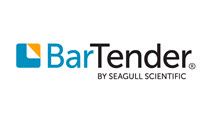
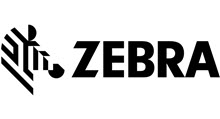
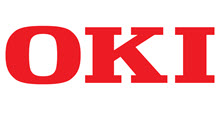
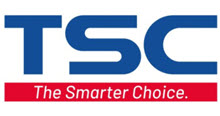

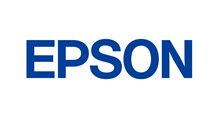
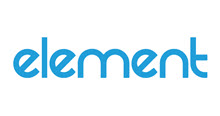
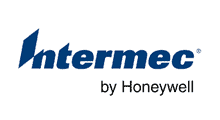
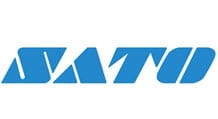
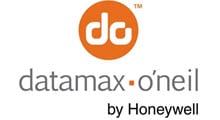
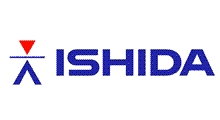
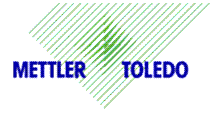
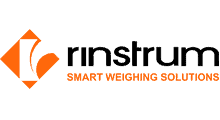

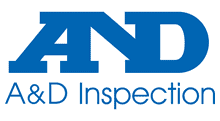
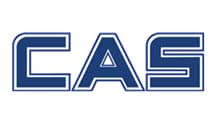
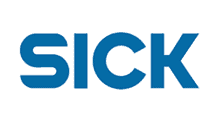
Brisbane
Melbourne
Perth
Phone 1300 558 438
Live Chat – Widget below